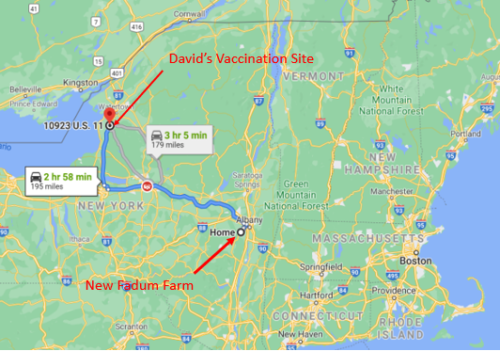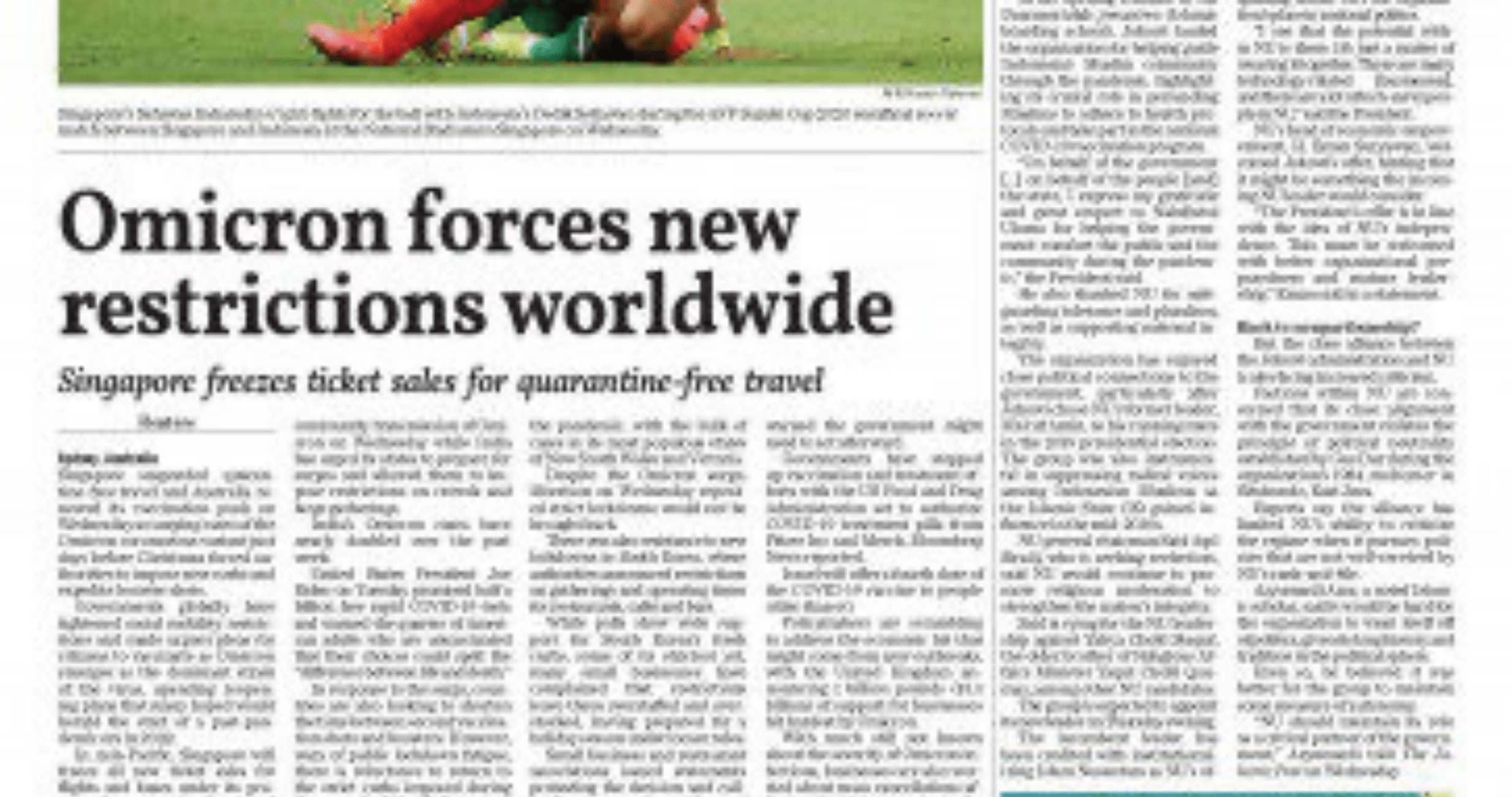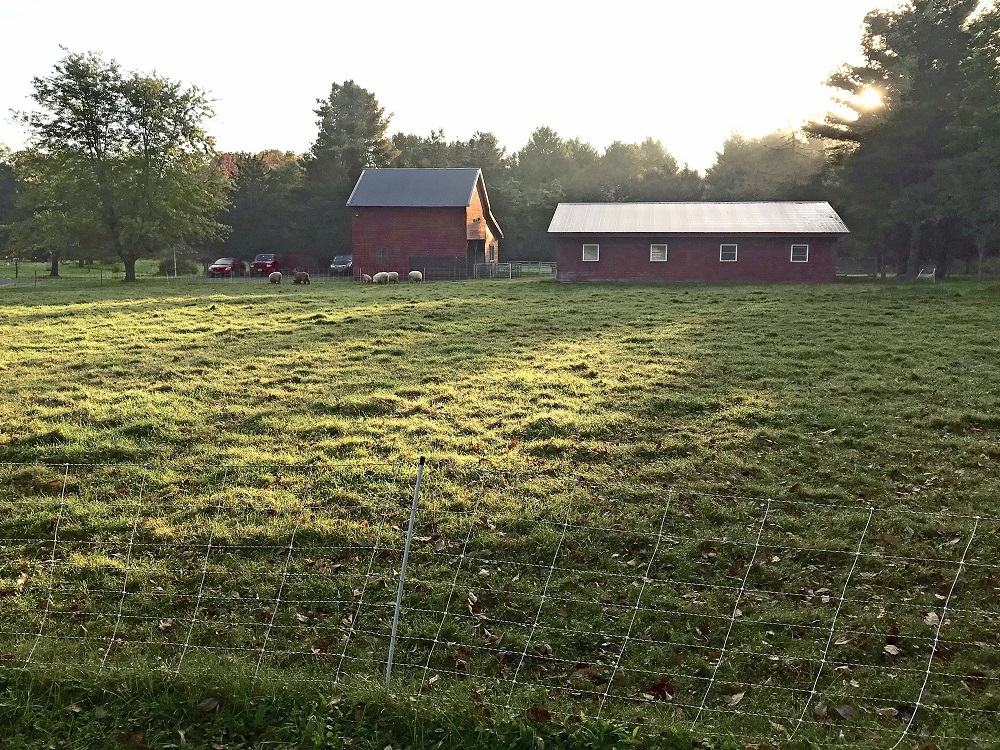Our youngest daughter is due to give birth to our fifth grandchild and second grandson on or about March 31. We plan to rent an Airbnb in Northampton (about a 90-minute drive from New Fadum Farm) for a few weeks around that date so that we can be present to participate in this event and be of help. Of course, in the meantime we want to do everything that we can to protect ourselves, our children and our grandchildren from the COVID-19 virus.
We were very excited to learn this week that New York state extended vaccination eligibility to people in our age group. There was a mad scramble to find open vaccination slots and Deborah was the “winner” in our family finding a slot on January 25 right here in Albany at the University. I was not as skillful and wound up with an appointment on February 15 in Adams, New York. Adams is a three-hour drive from our home, and we’re still in winter blizzard season. These are things that one is willing to do for one’s children. The second dose of the vaccine is normally scheduled for three weeks out from the first dose, so both of us should be fully vaccinated by March 1, just 44 days from now. Is it possible that the end of this pandemic, at least for the folks on New Fadum Farm, is only 44 days away?
Ali’s model did not incorporate any of the dynamics associated with the vaccination process and all his simulation results have been modified with the caveat “until the vaccine arrives”. Dan and Ali are working on new scenarios that model possible impacts of the vaccination program on various scenarios. I cannot wait to see some of those results.
One of the effects that they have to incorporate into these simulations is the medical uncertainties associated with the vaccine itself. Two big and not yet fully answered questions are: (1) How long will protection last? and (2) Will vaccinated persons be able to carry and transmit the virus even though they don’t get sick? The answer to this second question is still very much up in the air and it will make a big difference as to how quickly the pandemic finally comes under control. If thousands or even millions of previously vaccinated persons return to “normal” behavior in the belief that they are permanently safe and pose no risk to others when they are really asymptomatic transmitters or vulnerable to serious infection, they will become a driver of new infections.
The “Think Globally, Act Locally” heuristic of the systems thinker is on my mind. If in 44 days, that is on March 1, I start to behave as if the vaccine has made me totally safe, there can be two important and unintended consequences. First, those around me—persons I meet around town but also my family and friends who are not vaccinated—could be exposed if I am carrying the virus asymptomatically. Nothing has changed for them even though I will be OK having gotten my vaccine. Second, my incautious local behavior would serve as a poor example to other vaccinated persons, whose actions might work against efforts to control infection levels in the community.
Yes, we will go to Northampton in late March to be with our daughter and her family for the birth. But we will still need to wear masks and maintain social distancing, still be tested and observe quarantines, and still observe other safety protocols until the rate of new contagion subsides. To do less would put our daughter and her family at risk. It is likely to still be quite a while until we reap all the good effects of the vaccine program.
This Story Has a Lesson
The safety precautions that we have been taking since last spring have two broad purposes: (1) They keep us safe, and (2) They help to prevent us from spreading the virus to others. Vaccines will surely help with the first purpose. Unfortunately, it is not yet clear that the vaccines will ensure that we cannot transmit the disease to others. If we care about our friends and family, not to mention our community at large, we will still have to stay masked, maintain social distancing, get tested as needed, observe quarantines, and observe other safety protocols until the rate of contagion subsides.





